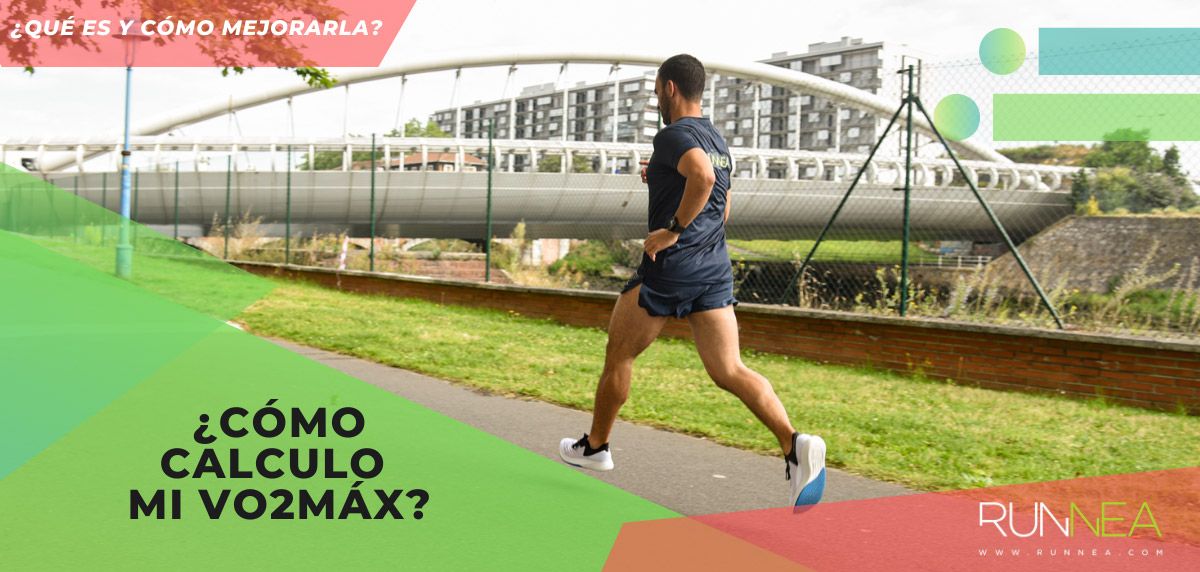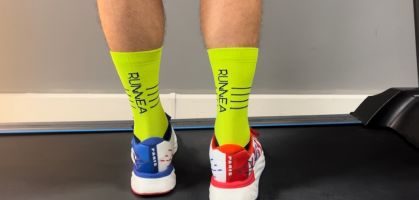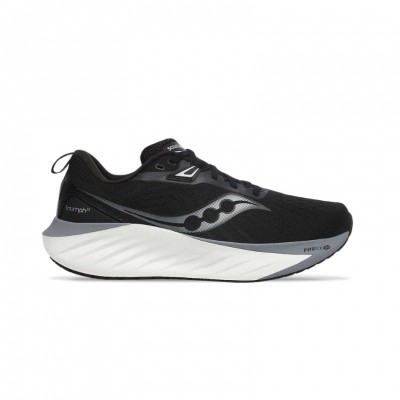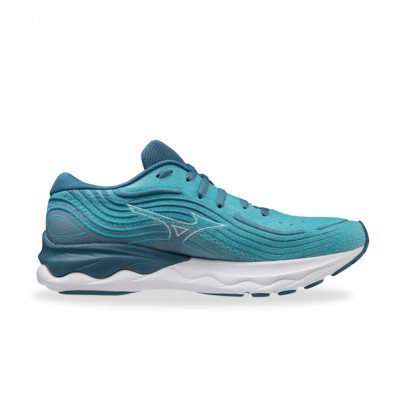VO2max, or maximum oxygen uptake, sounds familiar, doesn't it? Every endurance athlete or sports fan has heard about this training parameter and its importance for good performance in long-distance events.
It is true that VO2max is very important for sports performance, but also having a high valor of this variable is of vital importance for the health of the general population and is related to the quality and life expectancy. That is why in Runnea we take the opportunity to dot the i's and cross the t's when talking about maximal oxygen uptake. It is necessary to clear the doubts that arise in this regard.
Sometimes the preconceived ideas we have about this concept are not exactly correct. For example, having a high VO2max will not make you an elite athlete, it is not the only parameter that really matters in endurance sports and there are more variables that affect sporting success. So that's what this post is about: explainingwhat VO2max is, its importance and the proper way to improve it.
What is VO2max and what is the athlete's margin for improvement?
The maximum oxygen consumption is the capacity of our body to supply, transport and consume oxygen per unit of time. It can be expressed in absolute terms (liters per minute) or relative terms (ml x kg x min).
In a certain way we may be limited by the capacity we have to transfer oxygen (O2) from the environment to our organism (this will not be one of the limiting factors when training at del mar level). Another of the possibilities by which a possible improvement of our VO2max may be limited is the transport, and especially the saturation of hemoglobin (the protein that is responsible for transporting O2 to the cells). A clear example of a limitation in oxygen transport is found in smokers.

Hemoglobin acts like a truck carrying O2, and the transport sites are limited, so if they are occupied with carbon monoxide (CO) it will be more difficult to transport O2. Finally, the consumption capacity of our cells, especially those that make up the various muscle fibers involved in exercise. A high content of slow fibers will have a "higher specialization" in O2 consumption, due to their mitochondrial density.
All this previous parrafada comes to tell us that our VO2max improvement has a limit. The main limitation is genetic, no matter how much we train our VO2max will not improve forever, once we reach our maximum adaptation. However, there is no need to despair, we can continue to improve our performance by giving other types of stimuli.
Why is it important to train at intensities close to VO2max?
In turn, VO2max is conditioned by cardiac output (volume of blood expelled in each cardiac contraction x heart rate) and the arterio-venous O2 difference (the O2 content that reaches the cell and that which leaves the cell):
- The greater our cardiac output the more O2-rich blood can reach the cells, and therefore the greater their aerobic work can be.
- Regarding the arterio-venous difference: the higher the arterio-venous difference, the more our fibers are able to extract more O2 from the blood, which will be positive for maintaining a high intensity through the aerobic route.
It is therefore important to have a high maximum heart rate (coupled with a high systolic ejection volume) and to be able to train at intensities close to VO2max, or at least to maintain an intensity as close as possible for several minutes to affect an arterio-venous improvement.
Although there are many variables that affect the final performance of the endurance athlete, VO2max has been one of the most studied and worked on.
Optimal oxygen supply to muscle fibers
Its importance lies in ensuring an optimal supply of O2 to the cells that make up the muscle fibers so that they can develop their activity through the aerobic pathway. Although it is possible to exercise at intensities above VO2max, the progressive establishment of metabolic acidosis will prevent the requested intensity from lasting more than 2 minutes in recreational athletes.
To give an example, two runners can go at a speed of 18 km/h. The difference will be that one of them will be able to maintain that speed. The difference will be that one will be able to maintain that speed for 7 minutes, and will already be able to provide and consume O2 to maintain the energy demand by the aerobic route. While the other (lower level) will only be able to maintain that speed for two minutes because it does not have the capacity to generate so much energy for so long through the aerobic route, resorting mainly to the anaerobic route.

How can I improve my VO2max?
For people with a low level a continuous training will be enough, since they start from a low physical condition. But for those more trained, interval training, sets, repetitions and fartlek will be necessary.
Before embarking on this type of session, it will be necessary to know what our speed associated with VO2max is. If we do not have the option of measuring our VO2max directly (with an ergo-spirometric test), we can estimate our maximum aerobic speed (MAS) with various tests. MAS is not exactly the same as the speed associated with VO2max, but it is close.
To determine MAS and indirectly calculate VO2max, you can use the 5 test. This test consists of running the longest distance possible on flat ground (an athletics track would be perfect). Once we have determined the meters run, and determined our average speed during the test, we can associate this last parameter to our MAS.
To estimate VO2max we can use the formula: VO2max= 3.23 x (average speed expressed in km/h)+0.123.
Once our VAM has been determined, we can plan various training sessions associated with intensities between 93-105% of VAM. Obviously, the longer the duration of the repetition, the lower the intensity will be.
In short, if you want to improve your VO2max you have to sweat and work hard, there is nothing easy. In this sense, you know that in Runnea Academy we can help you with an individualized training plan, and that really fits what you need to progress properly and with the guarantees of reaching your best shape that will lead you to meet your sporting goals Discover our training method, we are waiting for you!

Read more news about: Running Training






















